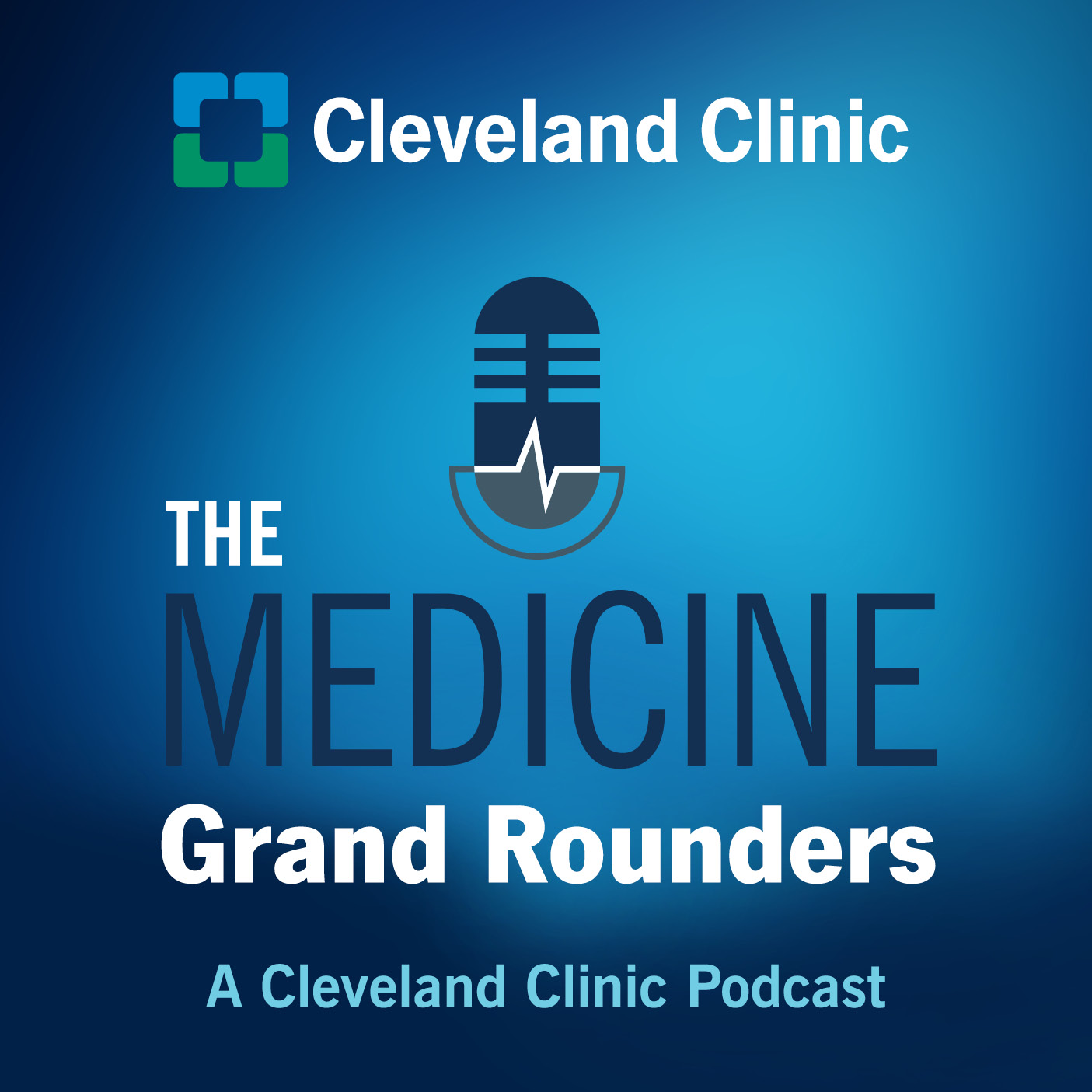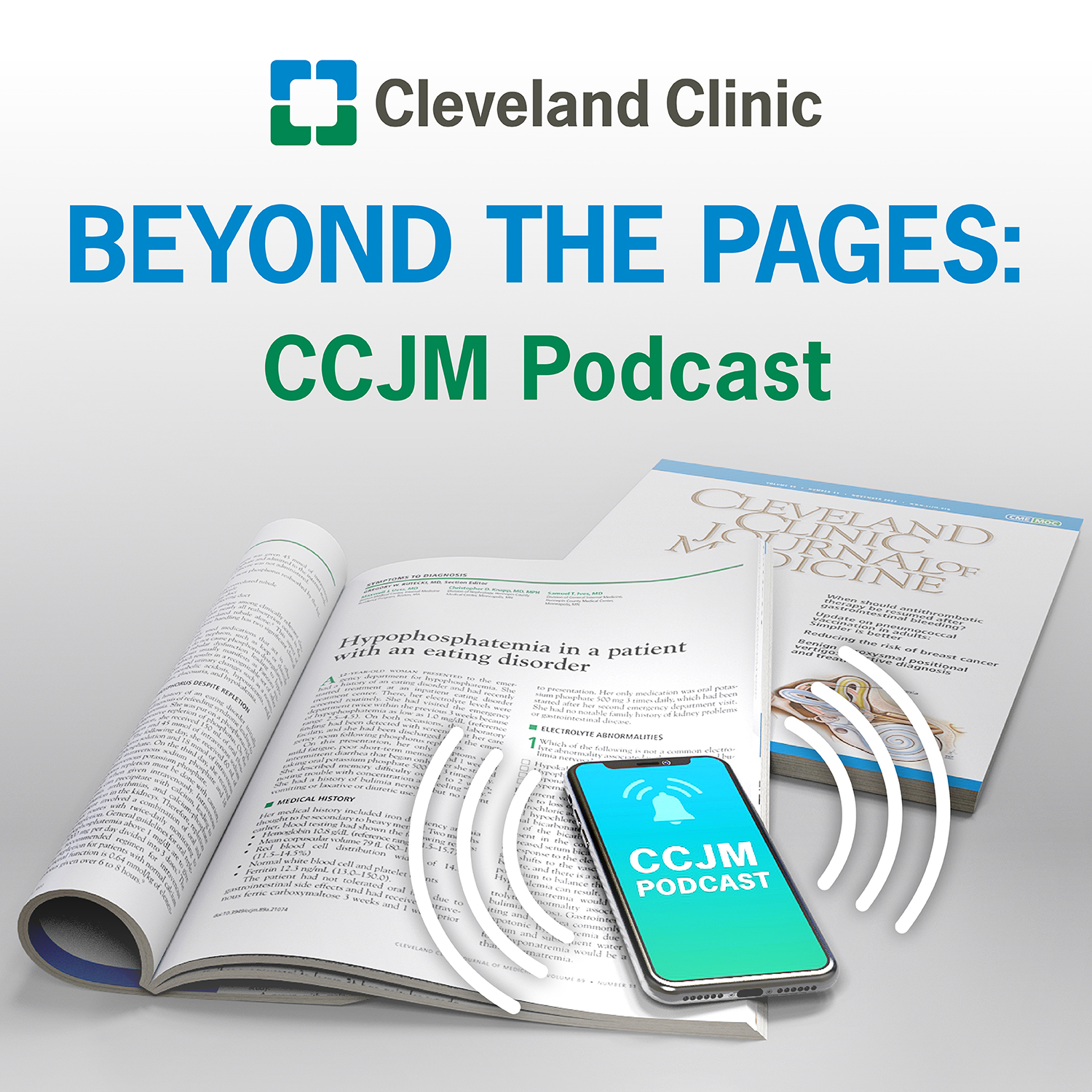Metabolic Dysfunction-Associated Steatotic Liver Disease (MASLD) with Dr. Sobia Laique

Dr. Sobia Laique discusses about the recent nomenclature change from NAFLD to MASLD, and the spectrum of Steatotic Liver Disease. We also discuss the diagnosis and management of MASLD. Moderated by Arjun Chatterjee, MD.
Subscribe: Apple Podcasts | Podcast Addict | Buzzsprout | Spotify
Metabolic Dysfunction-Associated Steatotic Liver Disease (MASLD) with Dr. Sobia Laique
Podcast Transcript
Question 1 (Dr. Wardrop) – What is teatotic Liver Disease and can you tell us about the new nomenclature? (Dr. Laique)
Steatotic liver disease (SLD) was chosen as an overarching term to encompass the various etiologies of steatosis. There is MASLD, MetALD (ethanol > 140 g F or 210 g M weekly= MetALD) ALD, other specific etiology of SLD, and cryptogenic SLD.
Case presentation (Arjun) – A 42-year-old male presented to the hepatology clinic for further assessment of hepatic steatosis found incidentally on an RUQ US completed for RUQ pain. PMHx of pre-diabetes (A1C 5.8) on carb control diet, HTN on losartan, and Class 2 obesity with BMI 37. HFT: TB 0.7, AP 137, AST 78, ALT 70 (transaminitis dating as far back as 2010). ETOH consumption: glass of wine with dinner 3-4/week and a glass of whiskey on the weekends. Notes heavier alcohol consumption during college. His grandfather had died from liver cancer unclear if on background of cirrhosis, and he is concerned about his incidental findings. How would you proceed with his diagnostic evaluation?
Question 2 (Arjun) – What is metabolic dysfunction-associated steatotic liver disease (MASLD) and how big is the problem? (Dr. Laique)
MASLD is defined when steatosis is present in the context of metabolic dysfunction, with at least one out of five criteria of metabolic syndrome criteria present. Note: Difference from the prior definition of NAFLD: MASLD can be diagnosed concomitantly with other causes of steatosis, most notably alcohol.
MASLD is now the most common cause of CLD globally now at nearly 30%, MASH is the progressive form of the disease and is characterized by liver cell injury (hepatocellular ballooning) and inflammation, which induce liver fibrosis. MASH can lead to end-stage liver disease (cirrhosis, liver failure, and HCC) and is associated with an increased risk of cardiovascular disease.
- Associated metabolic comorbidities: obesity (51.3%), type 2 diabetes mellitus (22.5%), hyperlipidemia (69.2%), hypertension (39.3%), metabolic syndrome (42.5%)
- Specials populations to screen include patients suffering from obesity and type 2 diabetes
Question 3 (Dr. Wardrop) – What is MetALD and how is it different from alcohol-associated liver disease (ALD) or MASLD? (Dr. Laique)
MetALD was selected to describe those with MASLD who consume greater amounts of alcohol per week (140 g/week and 210 g/week for females and males respectively).
*Discuss ANI score (Alcoholic Liver Disease/Nonalcoholic Fatty Liver Disease Index (ANI), use of AUDIT-C and PETH.
Question 4 (Arjun) – How do you risk stratify patients with MASLD? Does every patient need to be referred to hepatology? What is our role as an internist, and where does the endocrinologist come in? (Dr. Laique)
We have now recognized the disease continuum of MASLD. MASLD → MASH → MASH w/ fibrosis → MASH cirrhosis.
When we talk about disease progression, large population-based studies have shown a MASLD rate of disease progression of 1 stage per every 7 years, but the rate of progression may be faster in some individuals with risk factors (i.e., obesity and Type 2 DM) with a recent study quoting 4 yrs/stage with concomitant Type 2 DM.
The rates of fibrosis progression and hepatic decompensation 8vary depending on baseline disease severity, genetic, individual environmental, and comorbid disease determinants. CVD and non-hepatic malignancies are the most common causes of mortality in patients with NAFLD without advanced fibrosis; death from liver disease predominates in patients with advanced fibrosis and cirrhosis.
So, the first step is determination of where your patient stands today:
- Cardiometabolic co-morbid evaluation/screening
- If with elevated hepatic function tests do chronic liver disease workup to rule out competing etiologies
- Fibrosis assessment via non-invasive testing: FIB-4, VCTE and/or MRE+ PDFF, role of liver biopsy
Please refer to AACE-AASLD guidelines and AASLD NAFLD guideline algorithms.
Question 5 (Arjun): What non-invasive test fibrosis should we order and when?
We mainly concentrate on FIB-4 (not accurate in age <35 y). It has a 90% specificity cut point for ruling in and 90% sensitivity for ruling out cirrhosis, respectively. Other tests include VCTE (POC test), ELF, MRE/PDFF (expensive), and liver biopsy to rule out advanced fibrosis.
Question 6 (Arjun) – How do you manage MASLD? (Dr. Laique)
Guided by your baseline disease severity in conjunction with or without a hepatologist. However, the overarching theme remains the optimization of cardiometabolic RF improvement in a multidisciplinary setting with the ultimate goal of preventing progression to cirrhosis and cardiovascular disease. All patients should undergo dietary/nutritional assessment and a plan established for regular follow-up independent of gastroenterology/hepatology visits. The need for more specialized obesity management, including bariatric surgery referral, health psychology, exercise physiologist and additional cardiology or lipid metabolic support, should be assessed on an individual basis.
Case follow up (Arjun) – Do we talk about weight loss, starting statins or other medications?
Changes in dietary composition: low carbohydrate vs. low-fat diets, saturated vs. unsaturated fat diets, intermittent fasting, Mediterranean diet, etc. and different intensities of caloric restriction appear comparable in their ability.
Exercise: Strongly encourage them to increase their activity level to the extent possible. Individualized prescriptive exercise recommendations may provide lasting effects and benefits independent of weight loss. Some studies demonstrate that regular moderate exercise at least 5 times per week for a total of 150 minutes per week. Others suggest that more vigorous exercise is needed to improve MASH histology, with even higher intensity exercise needed to reduce fibrosis.
Weight loss improves hepatic steatosis, MASH, and hepatic fibrosis in a dose-dependent manner. Even modest amounts of weight loss can be impactful, especially in those with milder disease. Weight loss of 5%+ improves steatosis, but greater weight loss (>10%) is generally required to improve MASH and fibrosis.
Bariatric surgery is strongly considered as it effectively resolves MASLD/MASH and hepatic fibrosis in the majority of patients without cirrhosis and reduces mortality from CVD and malignancy.
Use of available medications: Although there are currently no FDA-approved drugs for the treatment of NASH at any disease stage, there are medications approved for other indications that have shown benefits for NASH in clinical trials and should be considered under specific circumstances, including Vitamin E, Pioglitazone, Liraglutide, Tirzepatide, and SGLT2-I inhibitors.
Atherogenic dyslipidemia management also forms an important backbone of MASLD management.

The Medicine Grand Rounders
A Cleveland Clinic podcast for medical professionals exploring important and high impact clinical questions related to the practice of general medicine. You'll hear from world class clinical experts in a variety of specialties of Internal Medicine.
Meet the team: Dr. Andrei Brateanu, Dr. Nitu Kataria, Dr. Arjun Chatterjee, Dr. Zoha Majeed, Dr. Sharon Lee, Dr. Ridhima Kaul
Former members: Dr. Richard Wardrop, Dr. Tarek Souaid
Music credits: Dr. Frank Gomez

